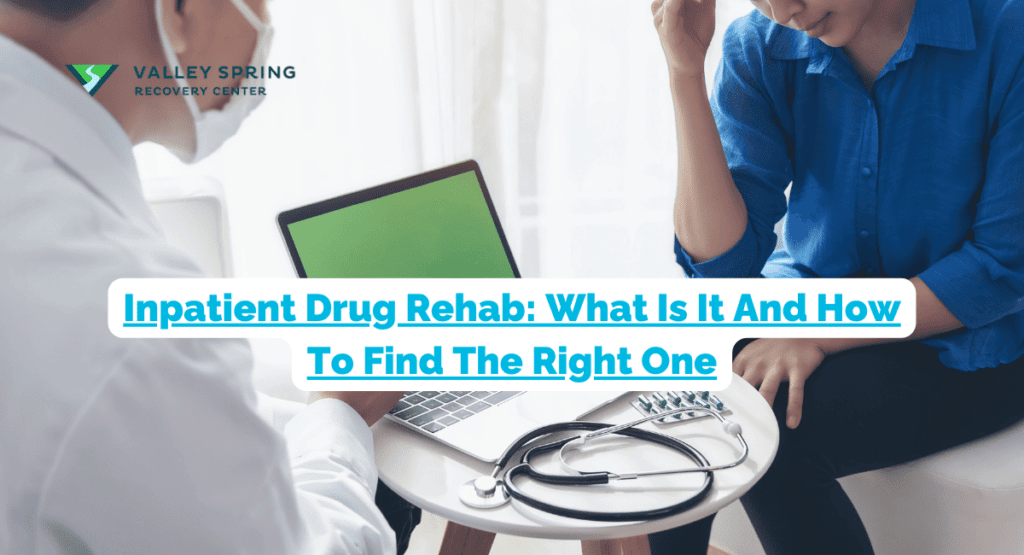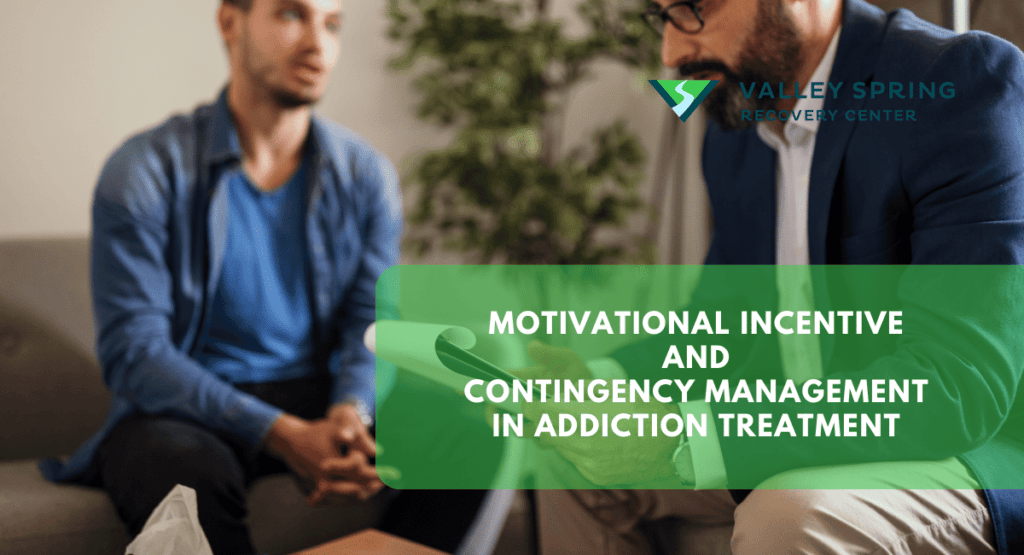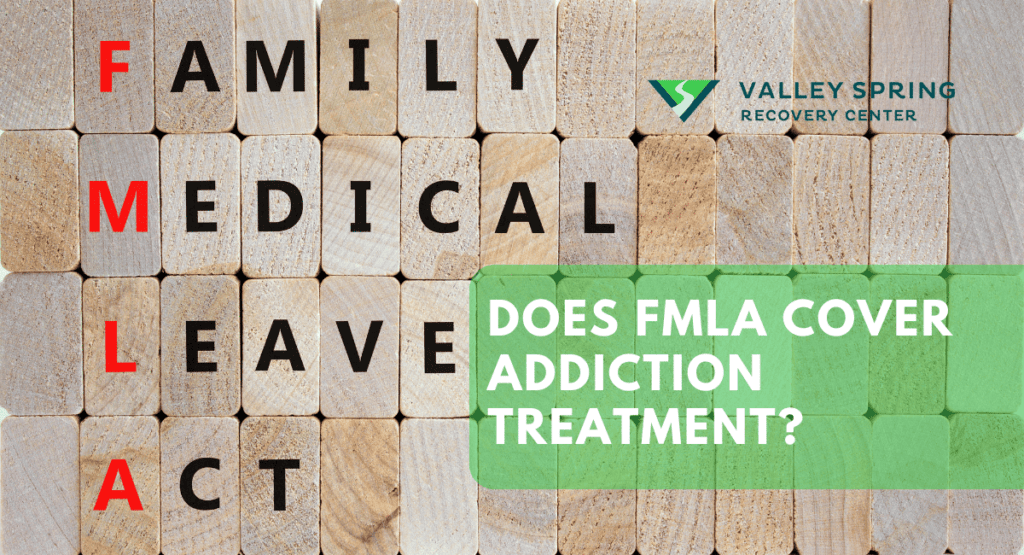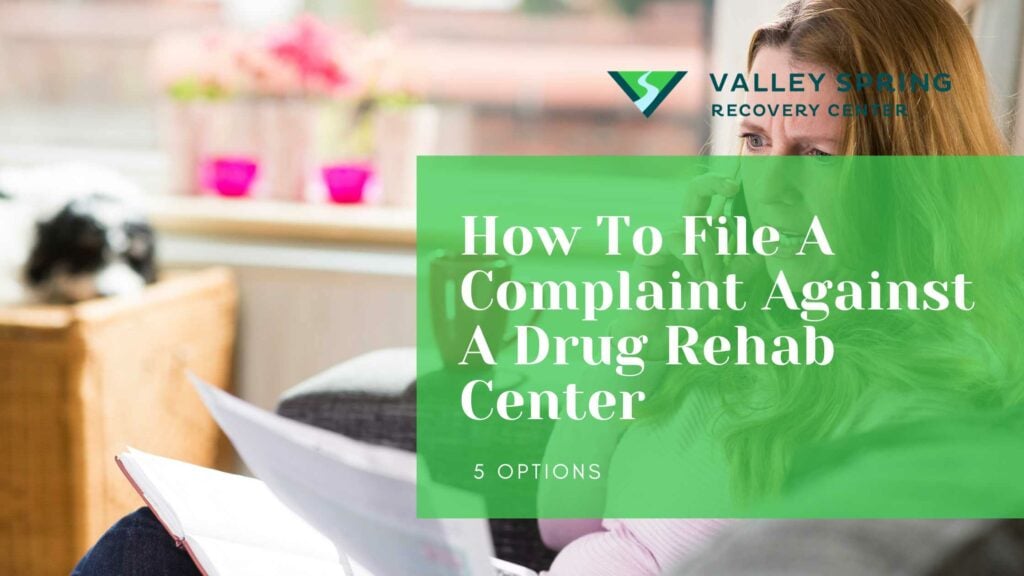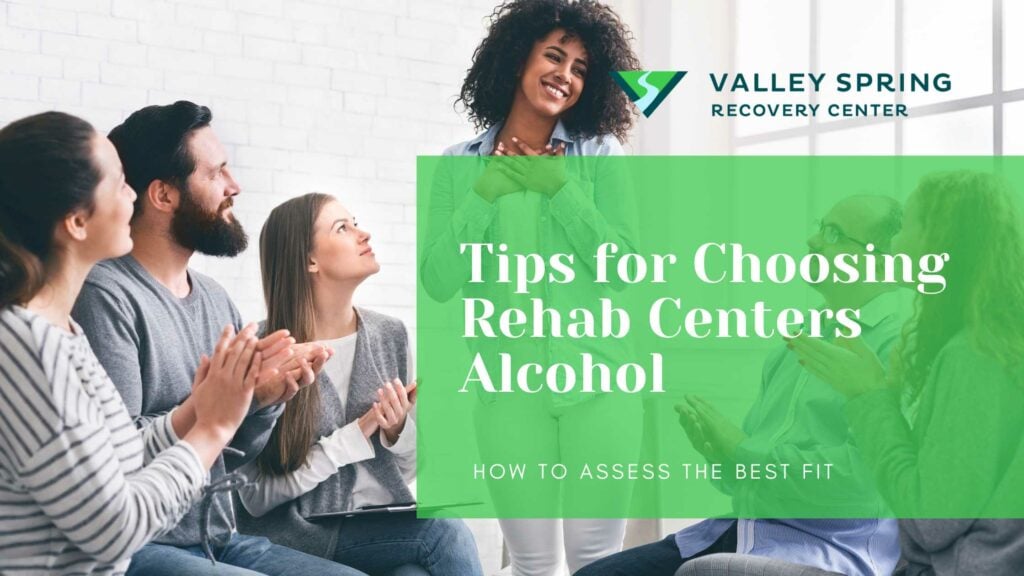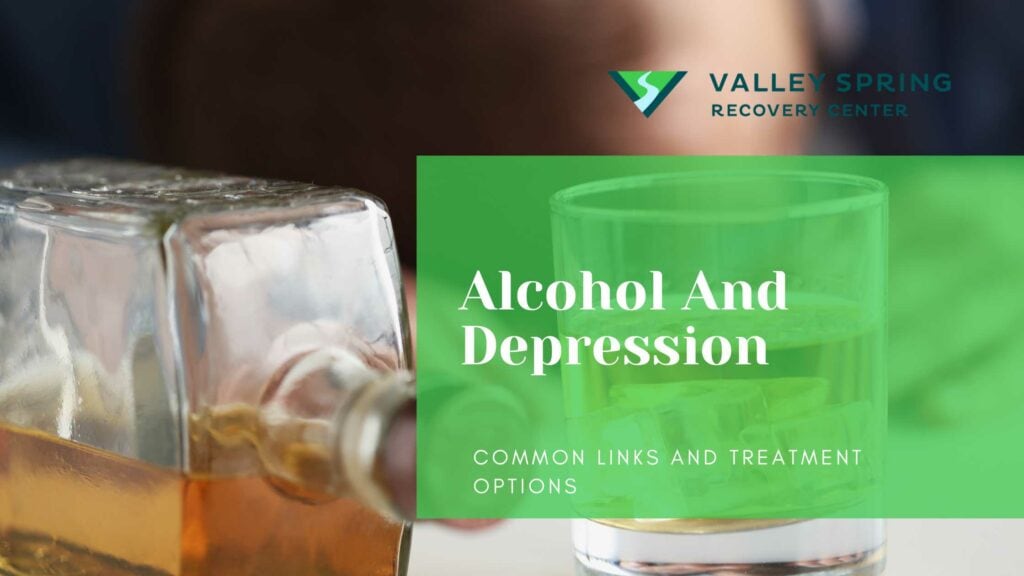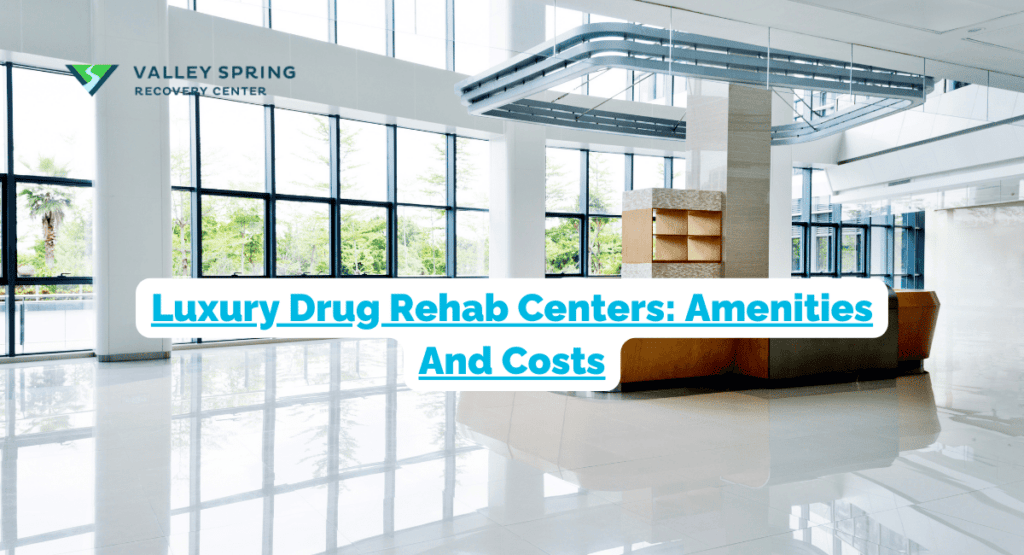When you or someone you care about is caught in the grip of substance addiction, finding the right treatment option becomes a pressing priority. In your search for a path to recovery, inpatient drug rehab emerges as a beacon of hope. It offers you a lifeline—a haven where you can find solace, support, and the tools to overcome addiction.
Inpatient drug rehab provides a temporary 24/7 residential setting where individuals can focus on their recovery, away from the triggers and temptations of the outside world. However, with numerous inpatient drug rehab facilities available, finding the right one can be a daunting task. We’ll discuss what inpatient drug rehab is, highlight its benefits, and guide how to find the right facility that aligns with an individual’s specific needs and goals.
What is Inpatient Drug Rehab?
Inpatient drug rehab, also known as residential treatment, is a type of addiction treatment program that involves individuals staying at a specialized facility for a specified period while receiving intensive therapy and support to overcome substance abuse or addiction. It is recommended for individuals with severe addiction issues, those who have not responded well to outpatient treatment, or those who require a structured and supportive environment to recover.
The primary goal of inpatient drug rehab is to provide a safe and controlled environment where individuals can focus on their recovery without the distractions and triggers of the outside world. These programs offer a comprehensive range of services, including detoxification (if necessary), individual and group therapy, medical care, psychiatric support, relapse prevention strategies, and aftercare planning.

What are the Benefits of Inpatient Drug Rehab?
Inpatient drug rehab offers several benefits for individuals seeking treatment for substance abuse or addiction. Here are some key advantages of inpatient drug rehab:
1. Structured and supportive environment
Inpatient drug rehab provides a structured and supportive environment that is designed to promote recovery. Individuals are removed from their usual surroundings and potential triggers, allowing them to focus solely on their healing journey. The structured daily schedule helps establish routines, build healthy habits, and maintain accountability.
2. 24/7 medical and professional support
Inpatient programs have a team of medical professionals, counselors, and therapists available round-the-clock to provide support and care. This ensures that individuals have access to immediate assistance and guidance during the detoxification process, as well as throughout their treatment. Continuous support can be vital in managing withdrawal symptoms and addressing any physical or psychological concerns that may arise.
3. Intensive therapy and counseling
Inpatient drug rehab offers intensive therapy and counseling services. Individuals have regular one-on-one therapy sessions with trained professionals, allowing for personalized attention and a deeper exploration of underlying issues contributing to addiction. Group therapy sessions provide opportunities for peer support, sharing experiences, and learning from others.
4. Comprehensive treatment approach
Inpatient programs typically offer a comprehensive range of treatment modalities. They may incorporate evidence-based therapies such as cognitive-behavioral therapy (CBT), motivational interviewing, dialectical behavior therapy (DBT), and trauma-focused therapy. Additionally, holistic approaches, alternative therapies, and experiential activities may be included to address the physical, emotional, and spiritual aspects of recovery.
5. Safe detoxification process
For individuals with physical dependence on substances, inpatient drug rehab provides a safe and supervised detoxification process. Medical professionals closely monitor the withdrawal symptoms and provide appropriate medical interventions to ensure the detox process is as comfortable and safe as possible.
6. Peer support and community
Inpatient drug rehab facilities foster a sense of community among individuals in treatment. Peer support is an essential aspect of recovery, and inpatient programs provide opportunities for individuals to connect with others who are facing similar challenges. Sharing experiences, offering encouragement, and learning from others can be immensely helpful in the recovery journey.
7. Relapse prevention strategies
Inpatient drug rehab programs focus on equipping individuals with relapse prevention strategies and coping skills to maintain sobriety after leaving the program. Through therapy, education, and skill-building activities, individuals learn to identify triggers, develop healthy coping mechanisms, and create a relapse prevention plan tailored to their specific needs.
8. Dual diagnosis treatment
Inpatient programs often have the resources and expertise to address co-occurring mental health disorders alongside addiction. They offer integrated treatment for individuals who have substance abuse issues along with conditions such as depression, anxiety, bipolar disorder, or post-traumatic stress disorder (PTSD).
9. Effective Aftercare planning and support
Inpatient drug rehab programs typically assist individuals in developing an aftercare plan to support their transition back into the community. They guide in accessing outpatient therapy, support groups, and ongoing resources to ensure continuity of care and support for long-term recovery.
How Effective is Inpatient Drug Rehab?
Inpatient drug rehab is an effective treatment option for individuals struggling with substance abuse and addiction. While success rates can vary depending on various factors, research suggests that residential treatment can significantly improve outcomes.
For example, a study published in the journal Addiction found that individuals who completed residential treatment had higher rates of abstinence from drugs or alcohol compared to those who received outpatient care. Another study by PubMed on the effectiveness of inpatient and outpatient drug rehabs stated that although there is no evidence for the superiority of inpatient rehab over outpatient treatment, some patients have reported more effective treatment in inpatient settings.
It’s important to note that individual outcomes can vary, and success in rehab is influenced by factors such as the individual’s motivation, the quality of the program, the presence of co-occurring mental health disorders, and ongoing support after completing the program.
What is the difference between Inpatient Drug Rehab and Outpatient Drug Rehab?
The main difference between inpatient drug rehab and outpatient drug rehab is the level of intensity and structure provided. Inpatient drug rehab involves residing at a treatment facility for a specified period, typically ranging from a few weeks to several months. It offers a highly structured and immersive environment with 24/7 supervision, intensive therapy, and a focus on building a strong foundation for recovery.
Outpatient drug rehab allows individuals to live at home and attend treatment sessions on a scheduled basis, such as a few times per week. It offers more flexibility and allows individuals to continue with their daily responsibilities while receiving treatment. Outpatient rehab may include individual therapy, group therapy, educational sessions, and support groups, but it generally provides less intensive support compared to inpatient rehab. The choice between inpatient and outpatient rehab depends on factors such as the severity of the addiction, the individual’s circumstances, and the level of support needed for successful recovery.

What Treatment Options are Offered in Inpatient Rehabs
Inpatient drug rehab programs offer a range of treatment options to address substance abuse and addiction. These treatment options may vary depending on the specific rehab facility and program, but here are some common approaches and therapies that are often offered in inpatient rehab:
1. Medical detoxification
Inpatient rehabs provide medical detoxification services for individuals who require supervised withdrawal management. Medical professionals closely monitor patients, manage withdrawal symptoms, and ensure their safety and comfort during the detox process.
2. Individual therapy
Inpatient rehab programs typically include individual therapy sessions with a trained therapist or counselor. Individual therapy allows for personalized attention and focuses on addressing the underlying causes of addiction, exploring personal challenges, and developing coping strategies.
3. Group therapy
Group therapy is a fundamental component of inpatient rehab. It involves therapy sessions led by a therapist or counselor, where individuals in treatment come together to share their experiences, provide mutual support, and learn from each other’s insights. Group therapy helps individuals develop interpersonal skills, build a support network, and understand that they are not alone in their recovery journey.
4. Family therapy
Many inpatient rehab programs offer family therapy sessions to address the impact of addiction on family dynamics and relationships. Family therapy aims to improve communication, rebuild trust, educate family members about addiction, and provide support for their own healing.
5. Cognitive-behavioral therapy (CBT)
CBT is a widely used therapeutic approach in inpatient rehab programs. It focuses on identifying and changing negative thought patterns and behaviors associated with addiction. CBT helps individuals develop healthier coping mechanisms, improve problem-solving skills, and manage cravings and triggers.
6. Motivational interviewing
Motivational interviewing is a counseling technique employed to enhance an individual’s motivation to change their addictive behavior. Therapists use empathetic listening, open-ended questions, and reflective statements to help individuals explore their ambivalence about change and increase their internal motivation for recovery.
7. Dialectical behavior therapy (DBT)
DBT is a type of therapy that combines elements of cognitive-behavioral therapy with mindfulness techniques. It is often used to address addiction and co-occurring mental health issues. DBT helps individuals regulate emotions, develop distress tolerance skills, improve interpersonal effectiveness, and enhance mindfulness.
8. Holistic therapies
Inpatient rehab programs may incorporate holistic therapies to support the overall well-being of individuals in treatment. These therapies can include yoga, meditation, art therapy, music therapy, equine therapy, mindfulness practices, and other experiential activities. Holistic approaches aim to promote self-reflection, stress reduction, emotional expression, and personal growth.
9. Education and life skills training
Inpatient rehab programs often provide education on addiction, relapse prevention, coping skills, and healthy lifestyle choices. They may offer workshops or classes on topics such as nutrition, exercise, vocational skills, communication skills, and anger management. Education and life skills training helps individuals develop the tools they need to maintain their recovery after leaving the program.
10. Aftercare planning
Inpatient rehab programs assist individuals in developing an aftercare plan to support their transition back into the community. This involves connecting individuals with outpatient therapy, support groups, alumni programs, sober living arrangements, or other community resources to ensure continued support and care after completing the inpatient program.
The specific treatment options offered in inpatient rehab can vary between programs. It is essential to research and choose a program that aligns with an individual’s specific needs and preferences.
How to Choose the Right Inpatient Rehab?
Here are some steps to help guide your decision-making process when choosing a rehab center for you or a loved one:
- Assess your needs: Evaluate your specific needs, such as the substances you’re struggling with, the severity of your addiction, any co-occurring mental health issues, and any specific treatment preferences or requirements you may have. Consider whether you need specialized care or additional services, such as dual diagnosis treatment or holistic therapies.
- Research and gather information: Conduct thorough research on different inpatient rehab facilities. Look for information on their treatment approaches, success rates, accreditation, staff qualifications, and available amenities. Read reviews or testimonials, and consider seeking recommendations from healthcare professionals, support groups, or trusted individuals who have experience with rehab centers.
- Evaluate program features: Consider the program features offered by each rehab center. Assess factors such as the duration of the program, the level of structure and intensity of treatment, the availability of medical detoxification services, the types of therapies provided, the inclusion of family involvement, and the availability of aftercare planning and support.
- Check insurance coverage and costs: Determine whether the rehab centers you are considering accept your insurance and clarify the extent of coverage for inpatient rehab. Inquire about the costs of treatment, any potential additional expenses, and available financing options or scholarships.
- Visit the facility or attend virtual tours: If possible, visit the rehab centers you are considering or participate in virtual tours to get a sense of the environment, the facilities, and the overall atmosphere. This can help you gauge the comfort level, cleanliness, and appropriateness of the setting for your needs.
- Seek professional guidance: Consult with a healthcare professional or addiction specialist who can provide expert advice and help you make an informed decision. They can assess your specific situation, provide recommendations based on your needs, and offer insights into the reputation and effectiveness of different rehab centers.
- Trust your instincts: Trust your intuition and gut feelings. Choose a rehab center where you feel comfortable, supported, and confident in the quality of care provided. Remember that personal fit and a sense of connection with the staff and treatment approach can greatly contribute to successful outcomes.
Choosing the right inpatient rehab is a significant decision that can greatly impact your recovery journey. Take the time to gather information, ask questions, and consider your options carefully to make the best choice for your needs and goals.
How Can Someone Tell If They Need Inpatient Rehab?
Determining the need for inpatient rehab can depend on several factors. Some indicators include a severe addiction with high dependence or multiple relapses, an unsupportive or unsafe home environment, co-occurring mental health issues, unsuccessful attempts at outpatient treatment, risk of withdrawal complications, and a desire for a focused and immersive treatment experience.
Consulting with a healthcare professional or addiction specialist is crucial for an accurate assessment and personalized recommendations. You’re welcome to speak with our admissions team at Valley Spring to discuss your or your loved one’s addiction.
How Long Does Inpatient Drug Rehab Typically Last
The duration of inpatient drug rehab can vary based on several factors, including the individual’s needs, the severity of addiction, the type of substance being abused, and the treatment facility’s specific program. In general, inpatient drug rehab programs can last:
- Short-Term Programs: These programs typically last around 28 to 30 days. They are often used for individuals with less severe addictions or as an initial step in the recovery process.
- Medium-Term Programs: These programs may extend to 60 days or up to three months. They are suitable for those with moderate addiction issues and provide more comprehensive treatment.
- Long-Term Programs: Extended inpatient rehab programs can range from three months to a year or more. An NIDA study suggests that longer treatment periods are required for more severe addiction cases, and that’s what this program aims for.
- Ongoing or Residential Aftercare: Some individuals choose to stay in a residential aftercare program for an extended period, where they receive continued support and transition to more independent living.
The decision regarding the length of addiction treatment should be based on a thorough assessment by healthcare professionals, taking into account your unique circumstances and needs, as the primary goal of inpatient rehab is to provide you with the necessary time and support to achieve lasting recovery and develop the skills required for a drug-free life.
What Are The Negative Aspects of Inpatient Drug and Alcohol Rehab?
Inpatient drug and alcohol rehab programs offer comprehensive care for individuals battling addiction. These residential treatments provide a structured environment away from the distractions and triggers of daily life. However, like any treatment option, there are potential drawbacks to consider. Here are some of the negative aspects of inpatient rehab:
1. Cost
Inpatient rehab programs can be significantly more expensive than outpatient alternatives due to the cost of 24-hour care, lodging, and amenities.
2. Time Commitment
The intensive nature of inpatient programs often requires a substantial time commitment, usually ranging from 30 to 90 days. This can be challenging for individuals with work, school, or family responsibilities.
3. Limited Personal Freedom
The structured environment, while beneficial for recovery, limits personal freedom and autonomy. Patients must adhere to a strict schedule and are often not allowed to leave the facility without supervision.
4. Distance from Support Systems
Being away from home can isolate individuals from their personal support networks, such as family and friends, which can be an essential component of long-term recovery.
5. Privacy Concerns
Entering an inpatient facility may raise concerns about privacy and confidentiality, as patients are living in close quarters with others.
6. One-Size-Fits-All Approach
Some critics argue that inpatient rehab can take a one-size-fits-all approach to treatment, which may not be suitable for everyone’s unique needs and circumstances.
7. Adjustment Post-Rehab
The transition back to everyday life after leaving the structured environment of inpatient rehab can be difficult, with a risk of relapse if aftercare support is not in place.
8. Physical and Emotional Intensity
The process of detoxification and rehabilitation can be physically and emotionally taxing, and the intensity of inpatient programs can sometimes feel overwhelming.
9. Potential for a Negative Social Environment
While peer support is a cornerstone of the rehab process, the social environment can become negative if there are conflicts between patients or if a patient is not ready for change.
10. Accessibility Issues
Those with disabilities or other special needs may find it challenging to find inpatient facilities that can fully accommodate them.
What Types Of Addictions And Conditions Are Typically Treated In Inpatient Rehab Programs?
Inpatient rehab programs typically treat a broad spectrum of substance use disorders, including alcohol addiction, and drug addictions that require medical attention during detox. Some of the drugs people require inpatient treatment for include opioids, cocaine, prescription medications, polydrug abuse, and co-occurring mental health disorders (e.g., depression, anxiety, trauma-related conditions), and, to a lesser extent, behavioral addictions like gambling or compulsive eating when they co-occur with substance use disorders.
How Does Insurance Coverage Work For Inpatient Rehab
Typically, individuals with insurance may have part of the cost of inpatient rehab covered, but they often need to meet deductibles, co-pays, or co-insurance requirements. Insurance providers may have a network of approved treatment centers, and individuals may be required to use these facilities to receive coverage.
The extent of coverage can also depend on medical necessity and the recommendation of a healthcare professional. It’s crucial to contact the insurance provider and the chosen inpatient rehab facility to verify coverage and understand any out-of-pocket costs before beginning treatment.
Are There Inpatient Rehab Programs That Specialize In Alternative Or Holistic Approaches To Treatment?
Yes, there are inpatient rehab programs, like the ones offered at Valley Springs, that specialize in alternative or holistic approaches to treatment. These programs focus on addressing addiction through a more comprehensive and integrative lens, considering the physical, emotional, and spiritual aspects of recovery.
They incorporate practices such as mindfulness, yoga, meditation, acupuncture, nutritional therapy, and art therapy, among others, to complement traditional therapeutic methods. Alternative or holistic inpatient rehab programs aim to provide a well-rounded approach to healing and offer individuals a range of tools to support their recovery journey.
What Are The Components Of Inpatient Drug And Alcohol Rehab?
Inpatient rehab, or residential treatment, offers a structured and intensive program for those battling addiction, providing them with the necessary tools and environment for recovery. The journey begins with a thorough assessment and intake process, including a comprehensive evaluation to understand each individual’s unique needs and the crafting of a personalized treatment plan. Detoxification follows, conducted under strict medical supervision, where the use of medication-assisted treatment may be employed to ease withdrawal symptoms and manage cravings effectively.
The core components of inpatient rehab consist of therapy and counseling, which includes individual therapy to delve into personal triggers for addiction, group therapy for peer support, and family therapy to mend strained relationships. Educational components focus on substance abuse awareness and relapse prevention, while routine and structure through a scheduled regimen of activities instill discipline and normalize daily living. Holistic therapies such as yoga and art therapy, alongside life skills training, are integrated to promote overall well-being.
Finally, preparing for life post-rehab is an essential component, with aftercare planning to ensure ongoing support through outpatient services or support groups. The supportive environment of inpatient rehab is buttressed by professional staff and peer camaraderie, all within a facility that prioritizes privacy, security, and comfort. This comprehensive approach aims to equip individuals not just for the duration of the program but for a sustained, long-term recovery.
What Are the Different Phases of Drug and Alcohol Rehab?
Below is the process of how inpatient drug rehabs work:
- Admissions
- Assessment and intake
- Detoxification
- Therapeutic intervention
- Structure and routine
- Peer support
- Aftercare planning and relapse prevention techniques
Ben Fisher
All author postsShare This Post

